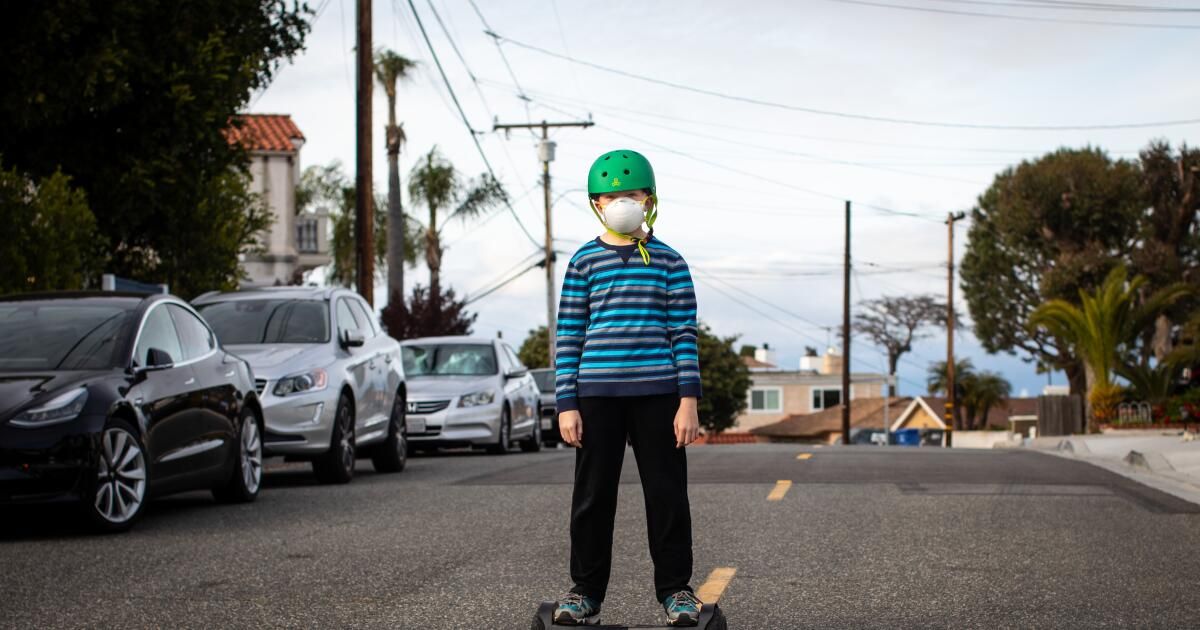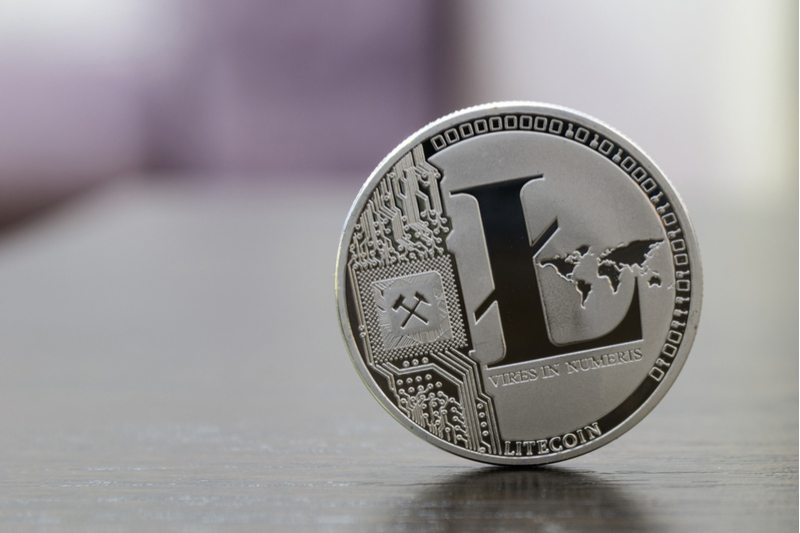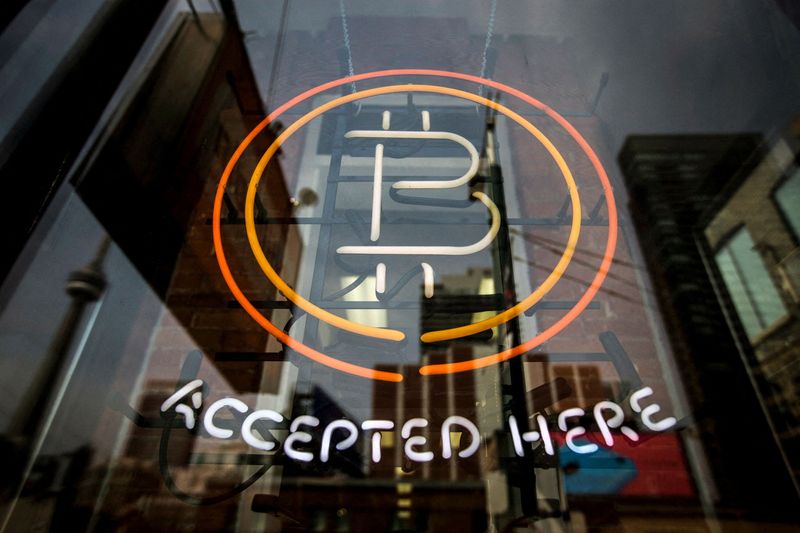Half a century ago, it was very common for children to disappear into their neighborhood and play with other children, often arriving by bicycle. This included the trip to school. In 1969, 48% of children ages 5 to 14 walked or cycled to school. In 2009, this figure had dropped to 13%.
The result has been a huge increase in children arriving by car. Anyone with school-age children is probably familiar with the long, chaotic car drop-off lines in front of schools throughout Los Angeles. The same applies to children's playdates, activities, sporting events, etc. Generally, children arrive and leave by car.
Today, students often go to school farther from home than their parents. But the dangers of walking and biking to school have also increased with larger cars and a built environment that hasn't changed to accommodate the behemoths on the road.
The 1973 Honda Civic was 140 inches long and 59 inches tall. Today, a Honda Civic is 168 inches long and 70 inches tall. A 2015 Ford Mustang is 63% larger than its 1964 predecessor. A 2018 Mini Cooper is 61% larger than its 1950 counterpart. A 2013 Land Rover is 43% larger than a 1981 model. And a pickup truck or a modern SUV is bigger than a World War II Sherman tank.
As cars grow, they reduce space on existing roads, leaving even less room for pedestrians and cyclists. Whereas before a child on a bicycle could fit comfortably between parked cars and moving cars, now he is more likely to become dangerously trapped between them. Even the simple act of crossing the street has become more difficult due to the horrible blind spots for drivers of modern, huge SUVs.
Fatal collisions have become more common among children while walking. When vehicles were lower, if they hit a child, the child was more likely to have gone over the hood. In today's cars, and especially SUVs, because they are much larger, the risk of a child being dragged and killed is greater. Between 1989 and 1998, there were 15 deaths in the US, of children 14 years and younger, from “head-on” accidents; between 2009 and 2018, that number increased to 575 deaths.
While larger vehicles are a factor, the built environment (the way we use our street space) hasn't changed much to accommodate other modes of transportation. In Los Angeles, our “Vision Zero” program has failed, with 312 people killed on our streets in 2022, the highest number in two decades (we are supposedly three years away from reaching zero). Our city has implemented only 3% of its own Mobility Plan 2035, which calls for networks of safe corridors for people who walk and bike. Our city is full of bigger cars driving faster than ever, putting vulnerable road users, and especially children, at greater risk.
When the size of vehicles changes and the built environment remains the same, it is tragically understandable that our children have lost the “right to roam” and are driven most places by their parents. Given the statistics on vehicle size and road deaths, I don't blame parents for hesitant to let their children walk or bike to activities in Los Angeles.
So what do we do? First, our government needs to recognize the danger our unnecessarily large vehicles have created in our society, and especially the cost it takes to our children's freedom. California should tax large trucks and SUVs accordingly and regulate them enough to change consumer behavior. you do not in fact I need a 6,000 pound Chevy Suburban to buy a loaf of bread at the store. Getting away from cars is important and reducing the size of cars that remain on the roads is also key.
We should begin aggressively implementing our 2035 Mobility Plan. When we consider actions like adding a bike lane, we should measure changes to our streets based on how many lives they can save, not how many minutes they can add to daily vehicle trips.
The safety benefits of changing our streets are worth it, and the changes would free parents from having to chauffeur their children. Parents will be more likely to let their children ride bikes and walk if traffic has been calmed, crosswalks raised, intersections protected, and bike lanes made safe.
In the past we did well with smaller vehicles that traveled slower, creating a city where children had more freedom. Let's get back to that and support the infrastructure changes needed to free our children and ourselves from having to be driven everywhere.
Michael Schneider is the founder of Streets for All.









